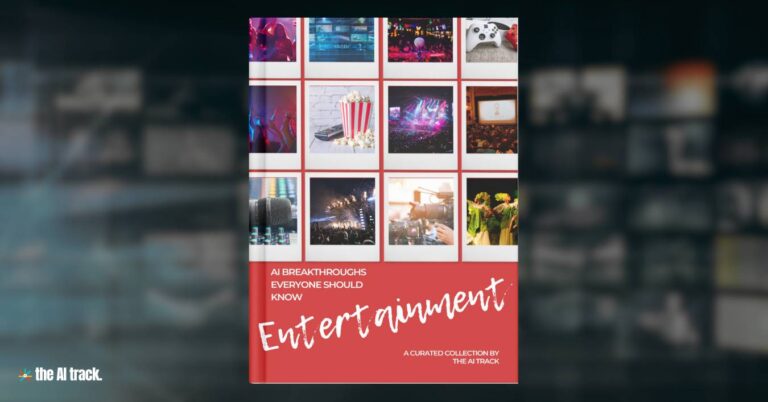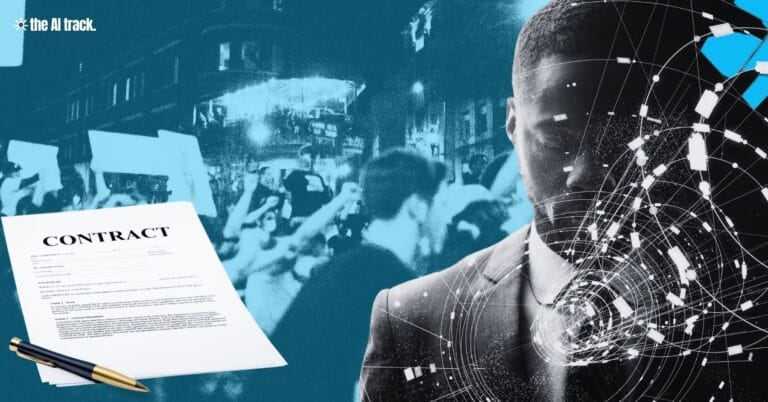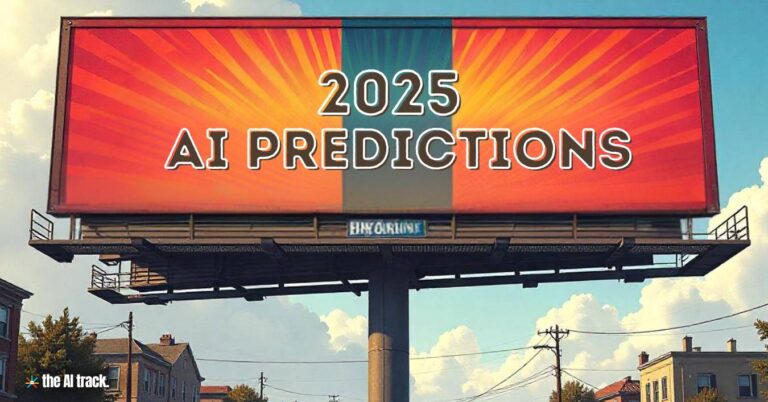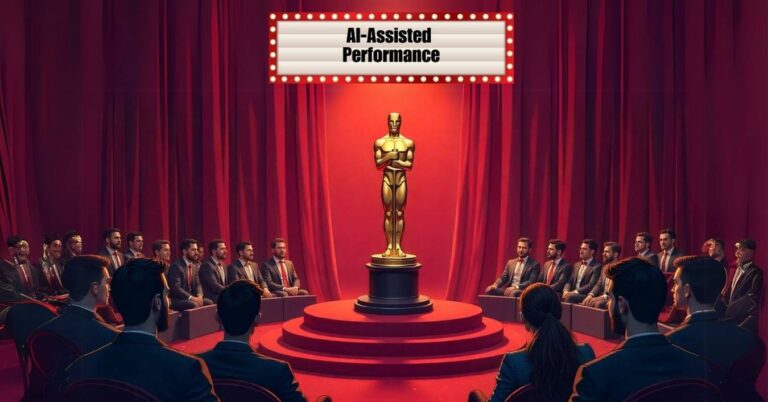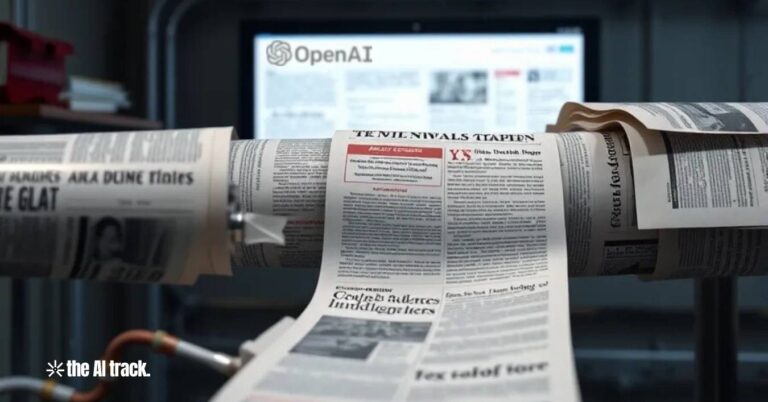Coca-Cola’s 2024 “Holidays Are Coming” ad, produced with AI, bridges innovation and tradition, achieving global personalization and cost efficiency while igniting debates about AI’s role in creative industries. Despite early criticism, consumer testing revealed the ad’s effectiveness, reaffirming the power of brand consistency.
Coca-Cola’s AI-Powered Holiday Ad – Key Points
- AI-Driven Creation Process:
- Coca-Cola used generative AI platforms, including Stable Diffusion, DALL-E, Pactto, ChatGPT, and Director Magic, to produce the ad.
- The production team, which included AI studios Secret Level, Silverside AI, and Wild Card, generated a rough draft in just three days and tailored 110 localized versions, including skylines of 27 global markets.
- Coca-Cola collaborated with AI studios (Secret Level, Silverside AI, Wild Card) using generative models Leonardo, Luma, Runway, and Kling.
- AI enabled near-daily collaboration between Coca-Cola and the creative team, accelerating production and reducing traditional iteration cycles.
- Pratik Thakar, Coca-Cola’s VP and global head of generative AI, cited the campaign’s speed, noting production time was five times faster than traditional methods.
- Jason Zada of Secret Level emphasized that AI-assisted production retains a human element for adding “warmth” and making artistic adjustments during post-production.
- Technical and Artistic Challenges in AI Production:
- The production process faced significant hurdles, including generating a large volume of unusable footage, such as a single clip of a squirrel that required hundreds of attempts to achieve coherence.
- Heavy reliance on manual touch-ups was necessary to maintain brand visibility and ensure the Coca-Cola logos were clearly defined in scenes.
- Critics pointed out the inefficiencies of AI as a resource-intensive tool, with some describing the creative output as lacking artistic integrity.
- These issues underscore that while AI accelerates production, it often requires substantial human intervention to refine results.
- Challenges and Backlash:
- Critics highlighted flaws in the AI-generated visuals, including distorted imagery, nonsensical background patterns, and unnaturally gliding truck wheels. To avoid uncanny valley effects, the ad omitted Santa’s face, a key element in earlier versions.
- Observers noted inefficiencies in the AI production process, with resource-heavy iterations yielding minimal creative payoff. Social media commentary described the ad as “creepy,” “soulless,” and a “poor copy” of the 1995 human-crafted version, raising concerns about AI undermining traditional artistry.
- Despite these critiques, System1’s tool revealed that such technical flaws were unnoticed or irrelevant to general audiences, reaffirming the ad’s strong brand resonance.
- Broader Implications of Generative AI:
- Public skepticism around AI-generated ads extends beyond technical critiques, with many viewers expressing concerns about the loss of human creativity and authenticity. Comments such as “the death of art” highlight anxieties about the potential devaluation of artistry in favor of cost-saving technologies.
- Critics argue that generative AI often repurposes pre-existing elements rather than producing original content, further fueling debates about its long-term impact on creative industries.
- The environmental sustainability of generative AI has come under scrutiny due to its energy-intensive processes. Coca-Cola’s campaign reignited discussions about the ethical implications of using AI in advertising, particularly concerning job displacement in creative industries. Industry commentators warn that prioritizing AI-driven cost efficiencies could lead to long-term erosion of traditional craftsmanship and workforce diversity, challenging brands to balance innovation with ethical responsibilities.
- Strengths of AI in Advertising:
- Efficiency and Cost Savings: Production time was five times faster, and costs were significantly lower compared to traditional methods. The company emphasized cost and efficiency gains, positioning AI as a way to expand possibilities within constrained budgets.
- Global Personalization: AI-enabled customization allowed Coca-Cola to connect with diverse audiences, a feat previously deemed impossible under tight deadlines.
- Support for Creativity: AI tools facilitated ambitious ideas that might have been constrained by budget or time, with human creatives adding warmth and refining details in post-production. Thakar and Zada stressed that AI supports human creativity rather than replacing it.
- Broader Campaign Vision:
- Beyond the ad, Coca-Cola’s 2024 holiday campaign includes the “The World Needs More Santas” initiative, a Christmas Truck Tour, and an interactive AI experience allowing users to create personalized snow globes.
- The ad exemplifies Coca-Cola’s strategy to merge innovation with nostalgia, modernizing its festive branding while maintaining its global appeal.
- Strategic Implications for Marketers:
- The campaign underscores the importance of consistent branding, demonstrating that strong memory structures built over decades can amplify the effectiveness of even short, AI-enhanced ads.
- AI’s role as a tactical tool allows marketers to focus on long-term brand equity, distinctiveness, and storytelling.
- Coca-Cola’s success serves as a blueprint for integrating AI into campaigns without compromising authenticity or emotional resonance.
- Coca-Cola argued that AI blends the brand’s heritage with forward-looking innovation.
Why This Matters:
Coca-Cola’s 2024 campaign illustrates the potential of AI to revolutionize advertising, offering speed, personalization, and cost efficiency. Yet it also illustrates a key tension in the creative industries: balancing innovation and cost-efficiency with preserving emotional authenticity and artistic integrity. The backlash highlights broader concerns over the role of AI in artistry, raising questions about its potential to erode traditional craftsmanship in favor of efficiency.
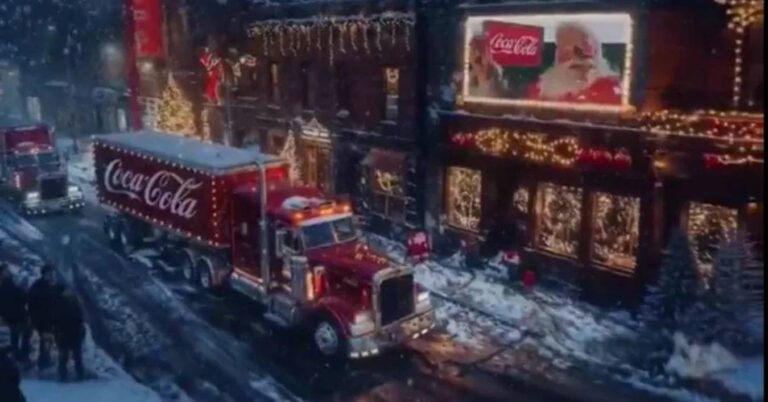
A curated collection of the most recent AI breakthroughs in entertainment, revolutionizing creative arts, gaming, and media interaction.
Read a comprehensive monthly roundup of the latest AI news!

